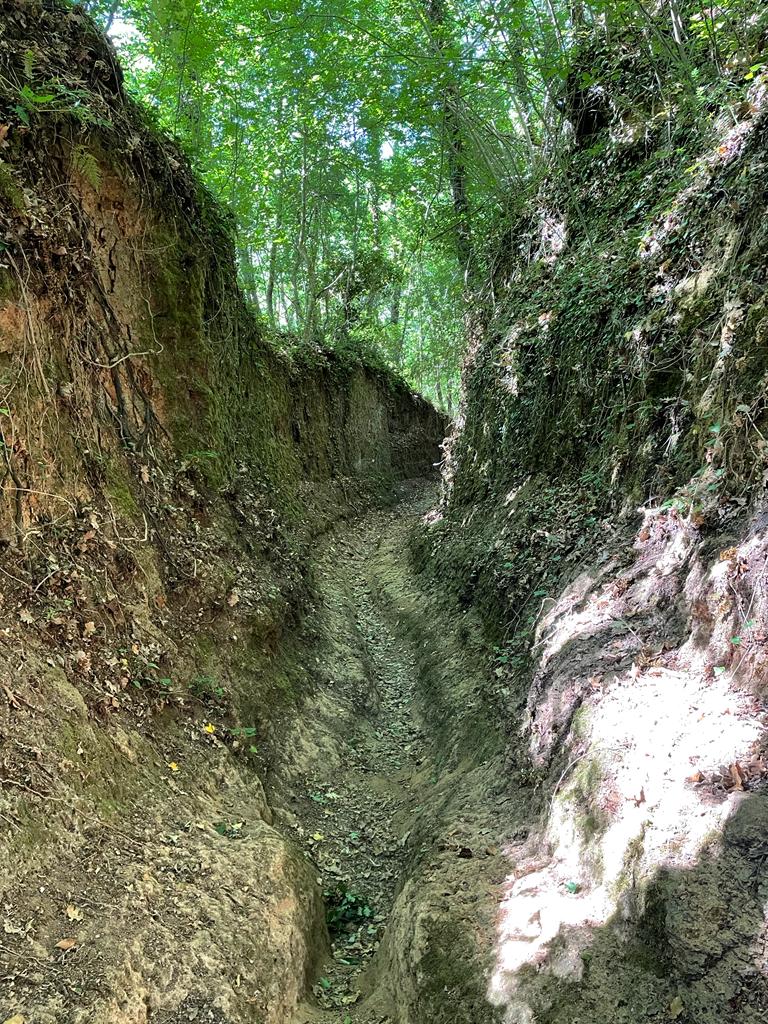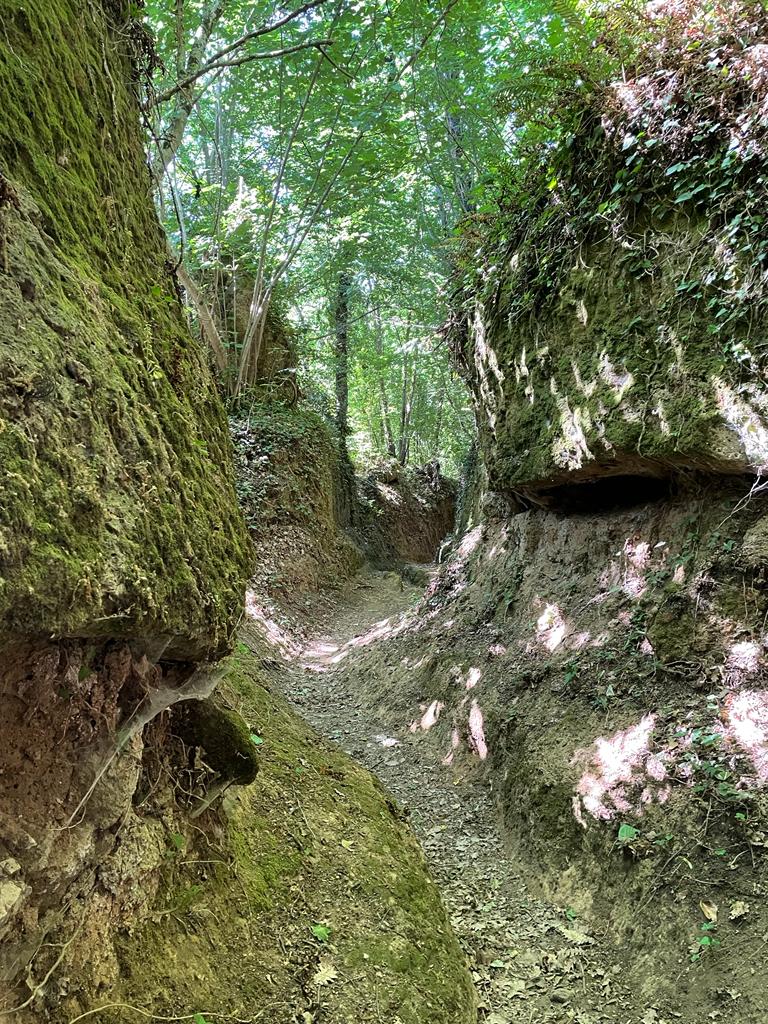Before I started writing books, I believed a person simply sat at their desk, wrote a book, sent it to a publisher, and the book was either accepted or rejected.
Said and done.
Now I know better, and I’m feeling particularly thankful to the people unknown and known who have had a hand in creating the books I’ve been writing
Unknown? Yes.
Like the 8-year-old water carrier I crossed paths with on a street in Mazar-i-Sharif, Afghanistan, who supported a family of 7 by his work. He’s a boy I can’t forget, who I’ve transformed in my writing into an Italian boy with a different life but some of the same gutsy behavior.
Then there’s the Pashtun man who drove me to Kandahar and who, in the middle of deserted land, began yelling his anger at Americans. He becomes a violent character in another book, and I learned how to write a new kind of fear.
Or my fellow travelers on top of a load of peanuts traveling south from Niger to Lagos, Nigeria. These strangers showed me ways to create joy in the midst of exhaustion, adding another aspect of behavior and personality to my fictional characters.
And there’s the woman in a Utah store dressed to the hilt but with the face of sad experience, who become a murder victim in my imagined story.
And the man standing on the cliff near Cascais, looking out over the ocean, as if he were remembering the days of Portugal’s reign of the seas. This man I never knew became for me a lesson in yearning, a fictional character recounting his history in the prologue of one of my books.
Then there are the people I know or knew at one time:
There’s the woman I cared for when I worked as a nurse’s aide in a hospital, a woman deformed by rheumatoid arthritis, for whom every slight movement was excruciating. This woman, frozen in a fetal position, greeted her little five-year-old daughter with a smile as the little one bounced on the hospital bed to hug and kiss her. How do I understand this real woman’s courage and fortitude? What is courage? Who of my characters are this courageous? A fictional woman crippled, not physically but emotionally, finds her courage not in a hospital bed, but in one of her own worst challenges.
There’s the lover I knew whose girlfriend left him. I can’t forget his sad eyes, the way pain settled on him. And I asked, “What particular way do my female characters hurt others?” A lovely, but cruel woman is created in fiction.
There’s the boy with a roomful of toys no one was allowed to touch, a boy who grew up to sell playground equipment, as if he refused to leave his childhood. What is the past of my new character? Is it this? What is my character holding onto?
And there’s the fellow college student who drank himself to death in his 30s. He becomes a character lost too soon to the people who love him, and this unravels a thread of loss throughout a fictional story.
There are the parents who restrained their son so strictly he went crazy, and through my imagination my fictional character ends up a murderer driven by rage at his imprisonment.
This is the mix and match way an author takes parts of strangers or people known, loved or disliked: a color of eyes here, a certain smile there, a tendency to cruel comments, or impetuous generosity; a characteristic of petty lies, a secret life below the community life. I see physical and behavioral traits that as a writer I can then mix like puzzle pieces and put together to create a wholly new character who is real only in my imagination. The character is no one and yet many.
Thus the book is finished in draft form, but now come the readers — patient, generous friends who agree to read the book and care enough to give direct, truthful criticism. Why not move this chapter here? This character isn’t realistic enough, would he really fall in love so readily after a break up? Too graphic in this scene. Be more subtle. I love your description of the landscape. More action at the beginning….
These comments send the writer back to the computer, to rewrite, to improve.
Done? No.
Let’s suppose the book gets published.
Now the editor at the publisher lends a hand. More comments, more suggestions. More changes. The editor has a good eye for literature, for plot, and an eye to the buyer as well, in other words, the editor is the friend that will help your book sell.
Finished? No.
Now comes the copyeditor who catches the mistakes in what you thought was your perfect manuscript, the one you’ve checked and rechecked. Spelling, punctuation, font, all of the details that keep the writing flowing smoothly. She’s the one who sends it off to the printer.
And next is the marketing person who advertises both author and book to the public through magazines, online ads, podcasts, free copies to advance readers,… and teaches the author how to help with these aspects of selling the book..
And then the artist who creates your cover, startling and beautiful, so it catches the eye of the reader shopping in a bookstore or online.
And then the readers who buy the book, and the reviewers who review it. People who let you know where you succeeded, where you failed, where you need improvement. These are the people who, along with the others, help you with your next book.
Which brings me back to the beginning and the stories I want to tell.
Most of the day, it may seem I sit alone at my computer, but actually, my office is crowded with people, telling me their stories, letting me borrow their noses, or their anger, or their gestures — all talking at once. They’re the community I walk into each day, disappearing into my own story.


